Brazilian coffee bean hand brewing suggestion how to make Brazilian coffee hand brew is good to drink individual coffee
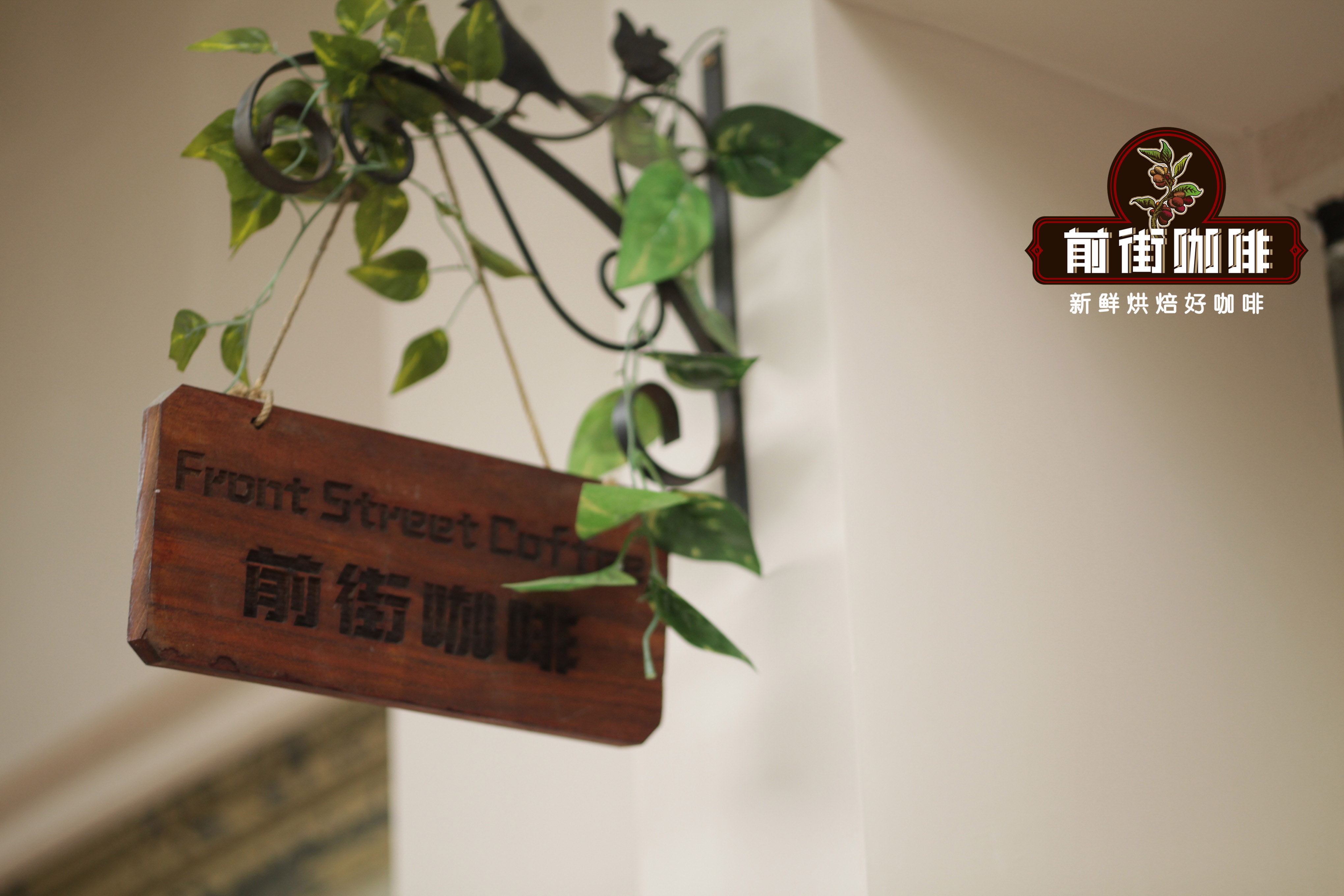
Professional coffee knowledge exchange more coffee bean information please follow the coffee workshop (Wechat official account cafe_style)
Senior coffee lovers all know that Brazil is the largest country in coffee production, but it is rare to see high-quality coffee beans from Brazil in coffee shops, mainly because the elevations of Brazilian coffee-producing areas are relatively low. Brazilian coffee beans still have a certain status in the coffee industry, such as the recognition of coffee lovers around the world by coffee beans from Queen's Manor in Brazil. Its balanced taste and mellow nutty cocoa flavor symbolize the purest flavor of a cup of coffee, so many coffee lovers buy this coffee bean to go home and drink it by hand. But at the first contact, they do not know how to correctly flush out the flavor of Brazilian coffee beans, so the next article will show you how to brew Brazilian coffee by hand to make it taste good.
Then Qianjie Coffee will take the Brazilian Queen's Manor coffee beans that best represent the coffee flavor of the Brazilian producing areas as an example to introduce to you.
Front Street Coffee Brazilian Queen Manor Coffee beans
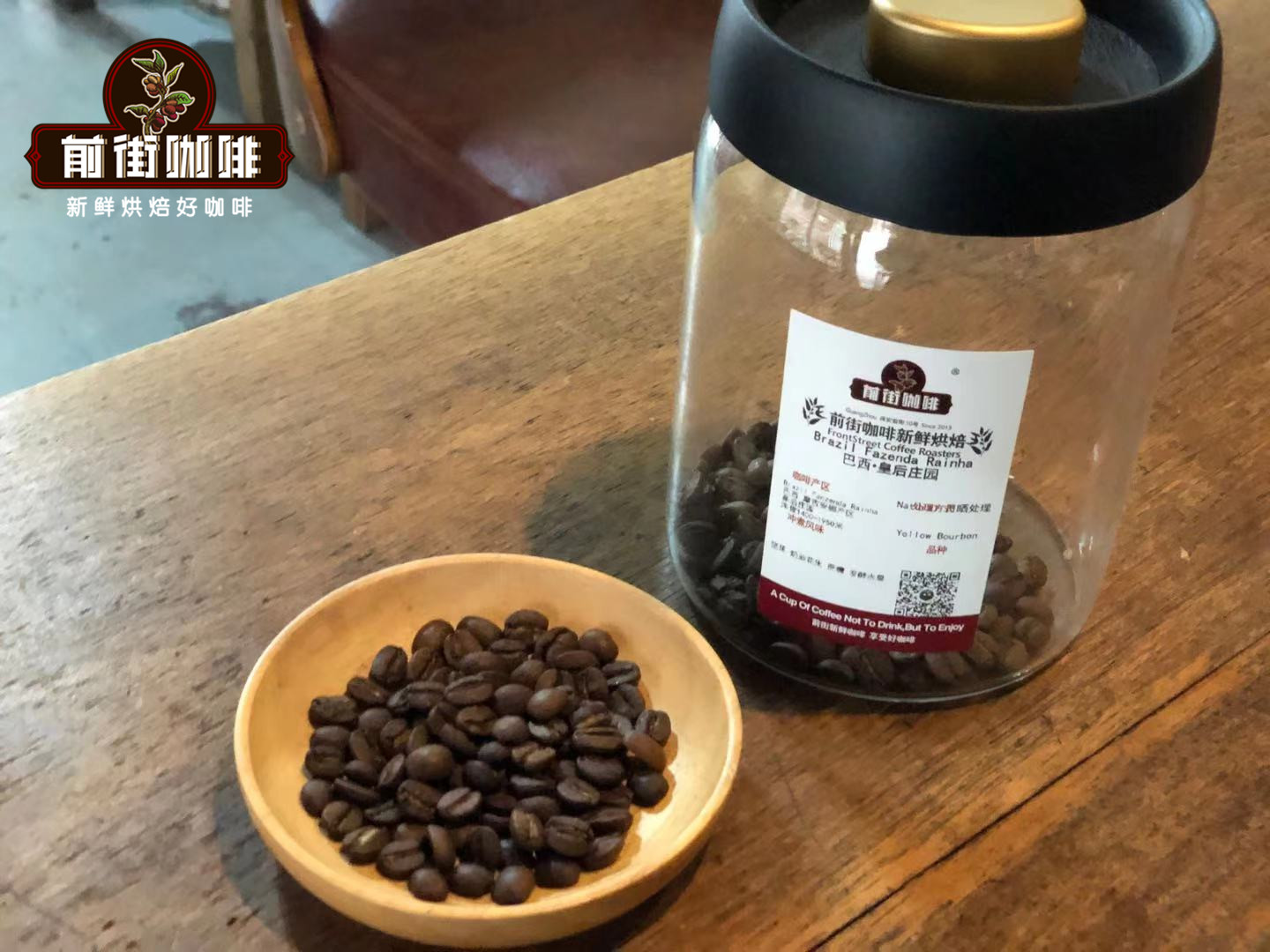
Country: Brazil
Producing area: Sao Paulo State (Queen's Manor)
Altitude: 1400-1950m
Variety: yellow bourbon
Treatment method: half sun / sun exposure
Flavor: nuts, cream, peanuts, fermented fruit, sucrose
Queen's Manor
The coffee beans introduced from the Qianjie coffee mentioned above are grown at Queen's Manor in Sao Paulo State, where the elevation is as high as 1400-1950m, while the state's coffee is grown between shrubs, grasslands and other vegetation. Therefore, it is also very suitable for the cultivation of high quality Arabica coffee beans.
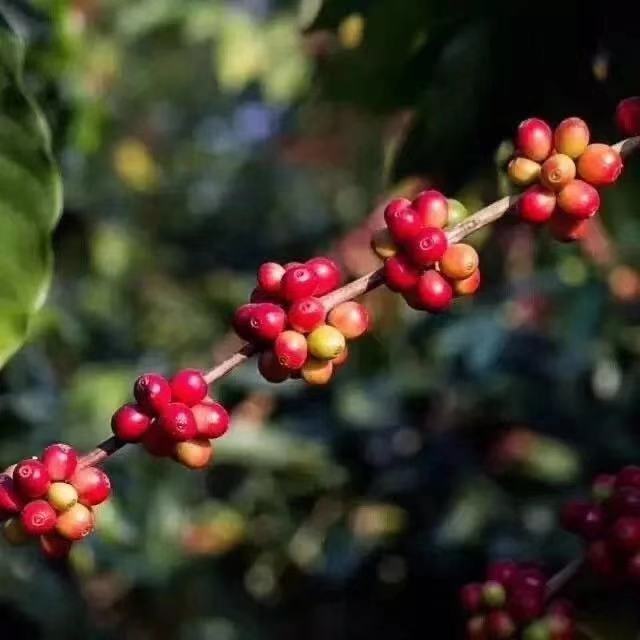
According to Qianjie Coffee, the Queen's Manor is owned by the famous coffee family Carvalho Dias family. The four estates under Carvalho Dias have won awards every year since the first Brazilian COE Competition in 1999, and won more than 12 times in the past 7 years. In 2004, they even arranged for the champion, 9th, 11th, and so on, many large and small manors in Brazil. After years of hoping to be shortlisted for awards, the family's manor has won many awards in successive years, such as Fazenda Rainfa, which also enjoys a brilliant record: 2000 runner-up, 2001 third runner-up and 29th place in 2005. So far, Queens Manor has won three awards.
Varieties of coffee beans grown in Queen's Manor
Thus it can be seen how high the quality of coffee beans in Queen's Manor of Brazil is that they are loved by coffee lovers all over the world. Secondly, the coffee beans used in Queen's Manor of Brazil are also the unique yellow bourbon varieties of coffee beans in the state of Sao Paulo. The main reason is that the ripening consequences will not turn red, but show orange, so it is called yellow bourbon.
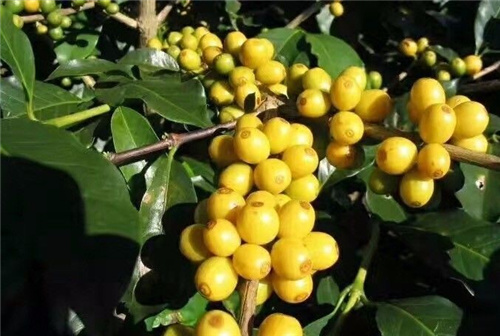
According to Qianjie cup test practice, if the yellow bourbon coffee beans planted in high altitude areas, the flavor performance will be excellent, and according to Qianjie Coffee, almost all of the top three prizes in the Brazilian extraordinary Cup Competition have been won by yellow bourbon coffee beans for two years in a row, thus sweeping the boutique coffee industry.
So how can the flavor of this Brazilian Queen's Manor Yellow Bourbon coffee beans be extracted perfectly with hand-brewed coffee?
Qianjie Coffee thinks that in order to make a good pot of coffee, it mainly starts from these four aspects: water temperature, grinding thickness, powder-to-water ratio, brewing method.
1. Water temperature
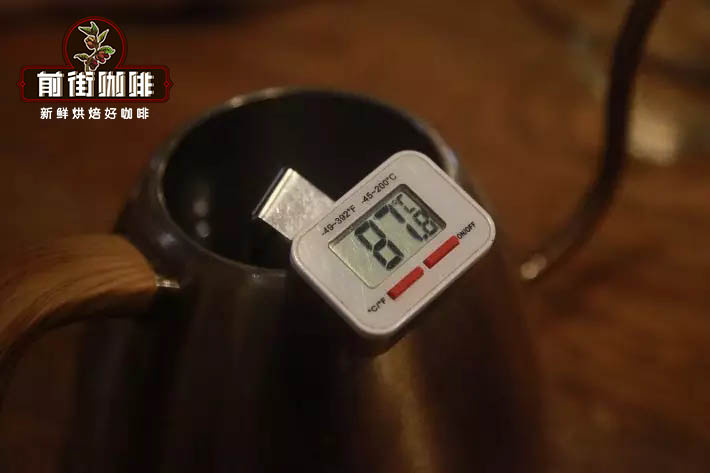
Qianjie coffee will also choose different water temperature when hand-flushing coffee beans with different roasting degrees. When roasting, the substances in the coffee beans are lost with the deepening of the roasting degree, so the deep-roasted coffee beans will lower the temperature in order to avoid extracting too much odor. A water temperature of 90-91 ℃ is recommended for medium and shallow roasted beans, and 87-89 ℃ for medium-deep roasted Mantenin coffee beans.
For example, this Brazilian queen coffee bean flavor is mainly nut cocoa, Qianjie coffee in order to highlight the characteristics of blue it, will use medium roasting to deal with it, so its brewing water temperature Qianjie coffee will be controlled at 87-89 ℃.
2. Degree of grinding
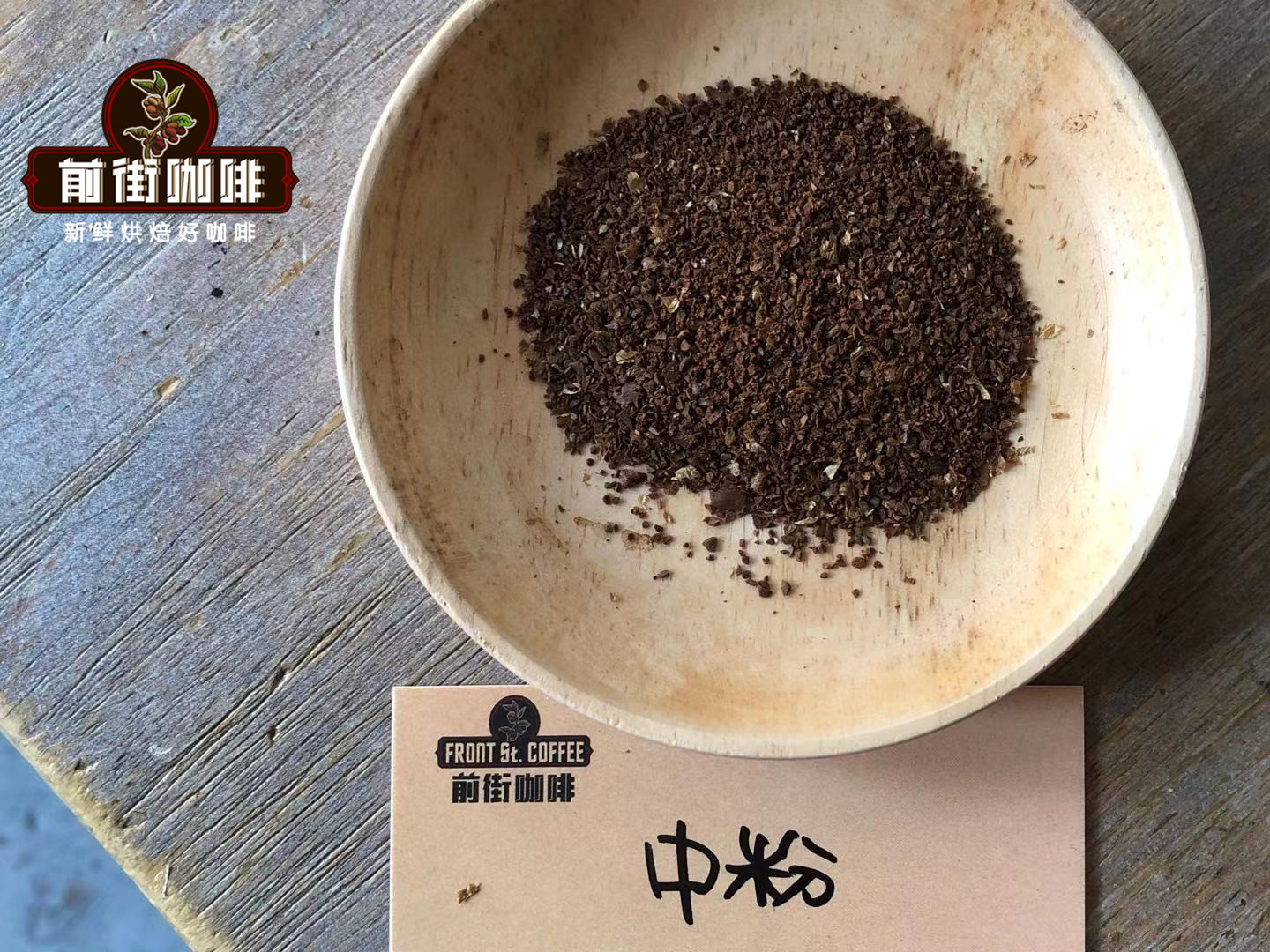
The degree of grinding refers to the size of coffee particles, because the degree of grinding will affect the contact time between coffee and water. If the coffee powder is finer, the water can extract more substances in the same time, but the degree of grinding is fine, the coffee is easy to be extracted in the process of extraction; on the contrary, the coarser the degree of grinding of coffee, the less substances extracted by water in the same time, but the coarser the degree of grinding is, the coffee is prone to insufficient extraction.
In addition, because the grinder in everyone's hand is different, so the parameters are also different, here Qianjie suggests that we buy a No. 20 cup test and correction screen, screen aperture 0.85mm, we make 10g coffee beans, adjust a rough grinding degree to grind coffee powder, and then pour it into the sieve to weigh the coffee powder (be sure to sift to the point that no coffee powder can be sifted out to complete the screening).
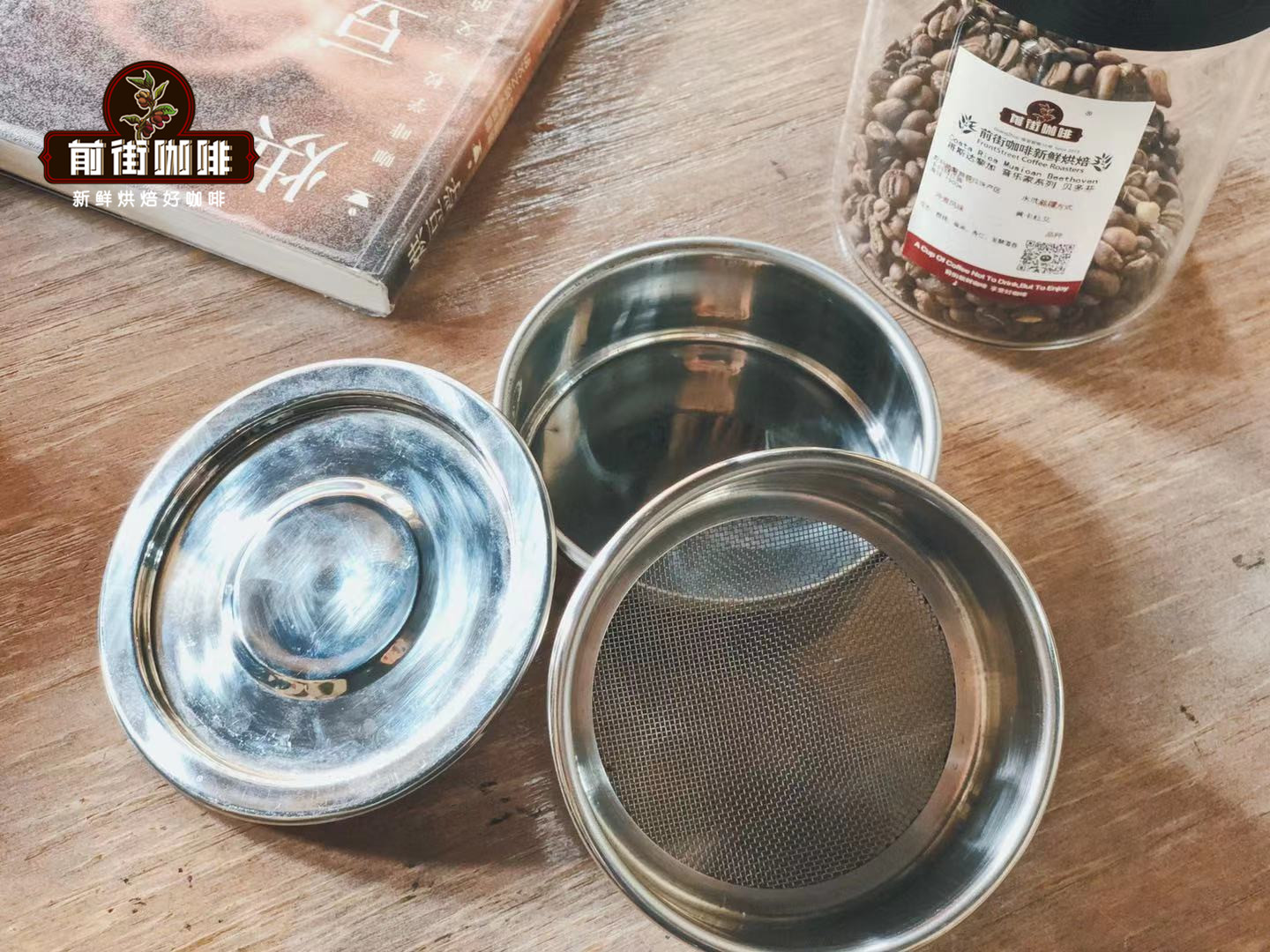
The screening pass rate of 80% (10g powder can screen 8g) is the most suitable grinding degree for medium and shallow roasted coffee beans, and the screening pass rate is 70% 75% (10g powder sieve 7-7.5g) is the most suitable grinding degree for medium and deep baking. If it exceeds the suitable screening rate, it is appropriate to adjust the coarse grinding degree, and if it does not reach the appropriate screening rate, it is necessary to reduce the grinding degree properly.
3. Powder-water ratio
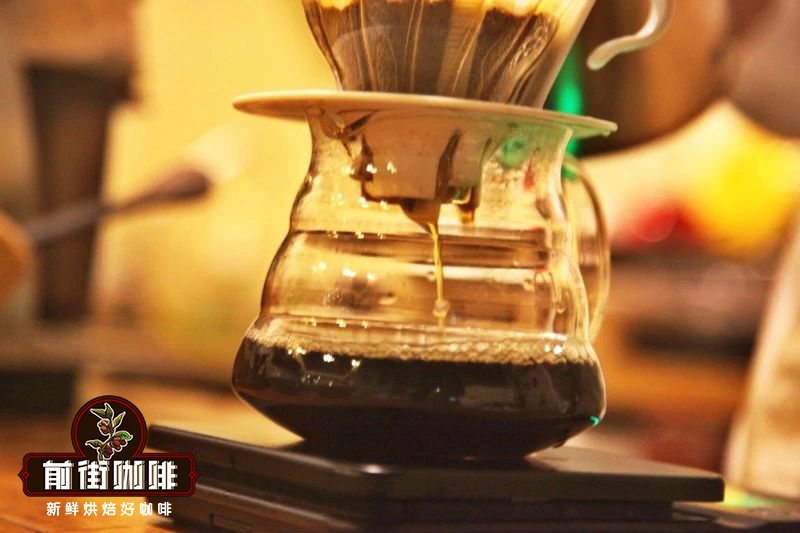
This is the difference between the extraction parameters and taste of Qianjie coffee according to the scaa gold cup extraction theory.
[heavy flavour] 1VOV 101VlV 11, that is, the golden cup criterion of 1RU 12.5mm 1RU 13.5
[moderate taste] 1-12-12-1-13 (I. e. 1-14. 5-1-15. 5)
[refreshing] 1-14-1-1-1-16 (I. e., 1-14-1-1-18. 5 of the Golden Cup Criterion)
The specific brewing amount of coffee beans is 14.5 grams and 15.5 grams of water, which is the easiest to reach the golden range of 18% 22% gold cup extraction rate and 1.15% 1.35% concentration.
Therefore, Qianjie Coffee here suggests that you might as well use the error-prone 1:15 powder-to-water ratio when brewing this Brazilian Queen's Manor coffee bean.
4. Washing and cooking technique
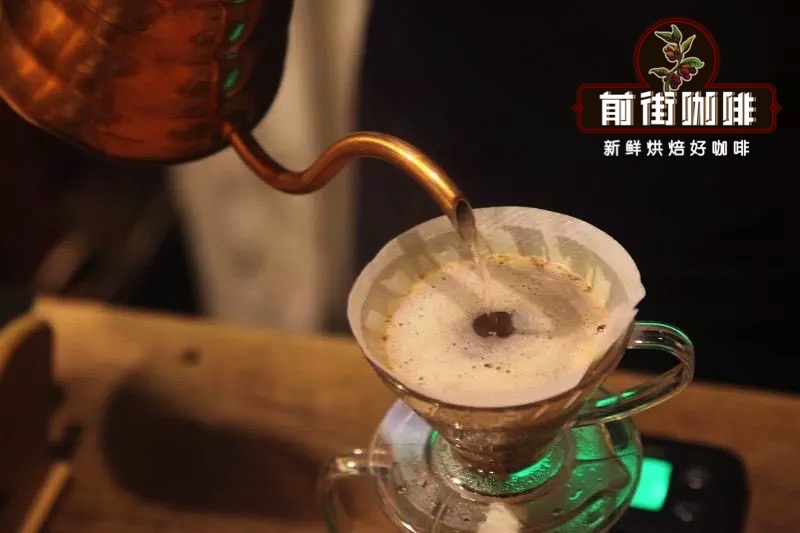
Finally, hand punching techniques are also very important, such as three-stage style, one-step flow, drip-by-drop style, and so on. Here, Qianjie Coffee recommends that beginners use three-stage water injection to brew, because this method is suitable for light-roasted, medium-and medium-roasted coffee beans. The segmented extraction method of three-stage water injection can clarify the flavor of the front, middle and back of the coffee, and can ensure the flavor of the coffee.
Next, Qianjie Coffee will share the hand-brewing process of this Brazilian Queen's Manor coffee bean.
Suggestion on brewing coffee in Qianjie
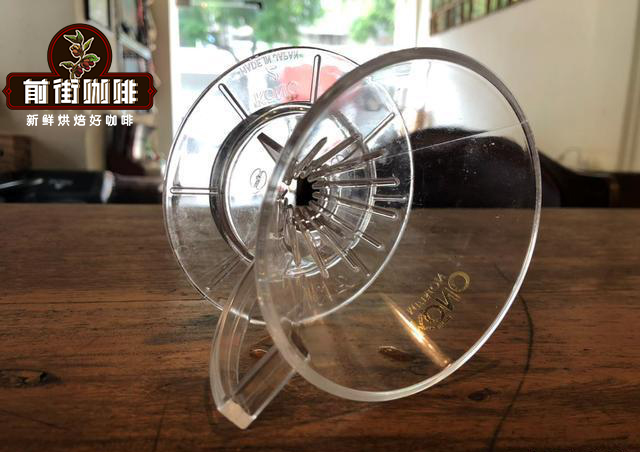
Filter cup: KONO
Powder content: 15g
Water temperature: 90 ℃
Degree of grinding: medium grinding, pass rate of No. 20 standard screen 75%
Gouache ratio: 1:15
Flushing and cooking technique: segmented extraction.
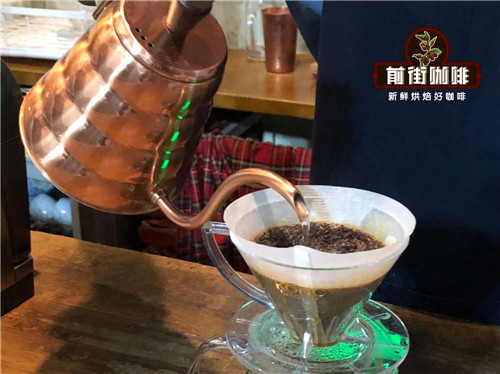
Steam with 30 grams of water for 30 seconds, small water flow around the circle to 125g water injection stages, water level drop is about to expose the powder bed, continue to water injection to 225g to stop water injection, and so water level drop is about to expose the powder bed to remove the filter cup, (steaming starts timing) V60 filter cup extraction time is 2cm 39010 ", Kono filter cup extraction time is slightly longer.
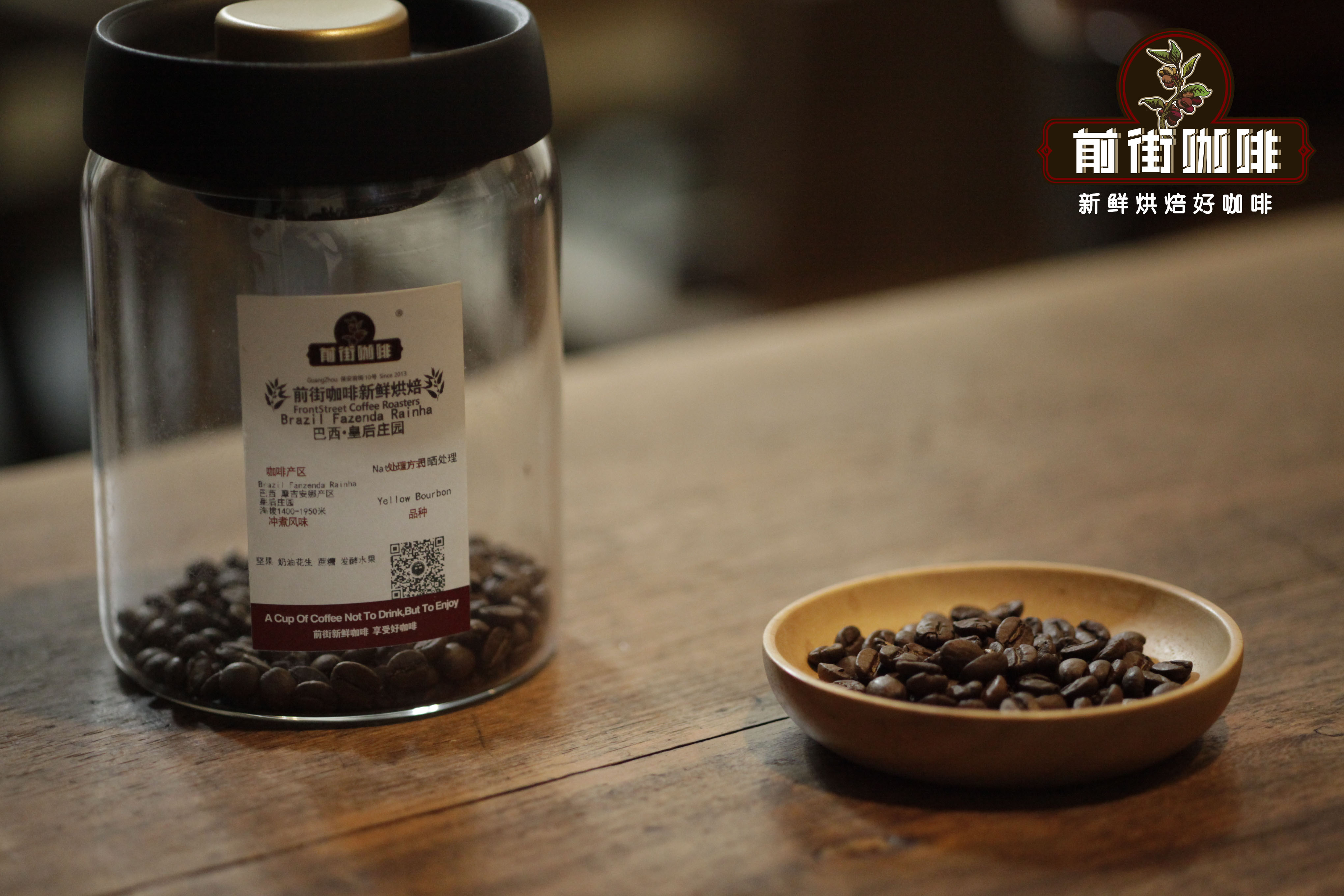
Brazilian Queen's Manor Coffee Bean flavor: taste balanced, in the main tone of almond cocoa, highlight the sweetness of sugar, is a full, sweet coffee.
For more boutique coffee beans, please add private Qianjie coffee on Wechat. WeChat account: kaixinguoguo0925
Important Notice :
前街咖啡 FrontStreet Coffee has moved to new addredd:
FrontStreet Coffee Address: 315,Donghua East Road,GuangZhou
Tel:020 38364473
- Prev
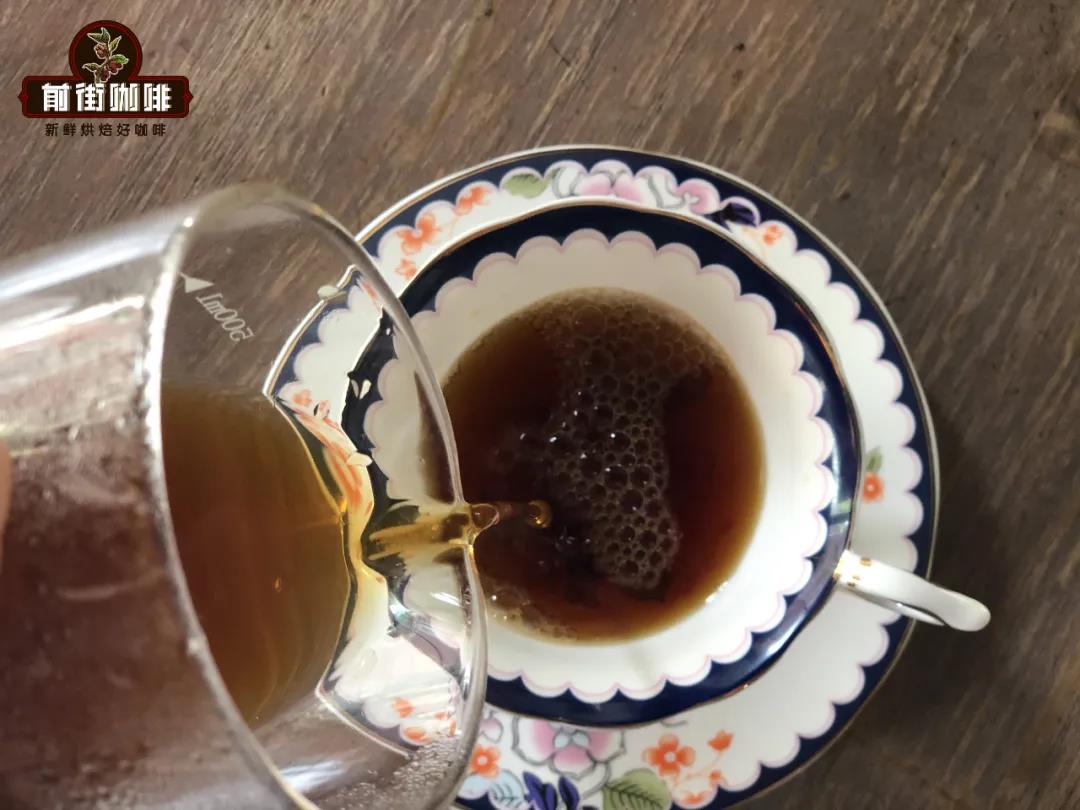
Brazilian coffee bean varieties main producing areas Brazilian sun treatment of bourbon coffee bean flavor hand-flavored suggestion
Professional coffee knowledge exchange more coffee bean information Please follow the coffee workshop (Wechat official account cafe_style) Brazil's coffee industry accounts for about 1/3 of the world's total output, is currently the world's largest coffee producer. Coffee plantations in Brazil cover a total area of about 27000 square kilometers, mainly in the southeastern states of Minas Gerais, Sao Paulo and
- Next
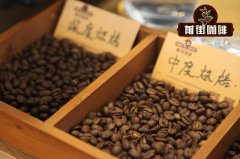
What is the ratio of Mamba coffee beans to Brazil? When should it be mixed together?
Professional coffee knowledge exchange more coffee bean information please follow the coffee workshop (Wechat official account cafe_style) Mamba coffee in the end what is the ratio of Manning to Brazilian coffee beans? When should it be mixed together? What is the ratio between Mamba Coffee and Brazilian Coffee beans? Should it be baked when raw beans are mixed together? Or is it baked individually and mixed in proportion?
Related
- Detailed explanation of Jadeite planting Land in Panamanian Jadeite Manor introduction to the grading system of Jadeite competitive bidding, Red bid, Green bid and Rose Summer
- Story of Coffee planting in Brenka region of Costa Rica Stonehenge Manor anaerobic heavy honey treatment of flavor mouth
- What's on the barrel of Blue Mountain Coffee beans?
- Can American coffee also pull flowers? How to use hot American style to pull out a good-looking pattern?
- Can you make a cold extract with coffee beans? What is the right proportion for cold-extracted coffee formula?
- Indonesian PWN Gold Mandrine Coffee Origin Features Flavor How to Chong? Mandolin coffee is American.
- A brief introduction to the flavor characteristics of Brazilian yellow bourbon coffee beans
- What is the effect of different water quality on the flavor of cold-extracted coffee? What kind of water is best for brewing coffee?
- Why do you think of Rose Summer whenever you mention Panamanian coffee?
- Introduction to the characteristics of authentic blue mountain coffee bean producing areas? What is the CIB Coffee Authority in Jamaica?

